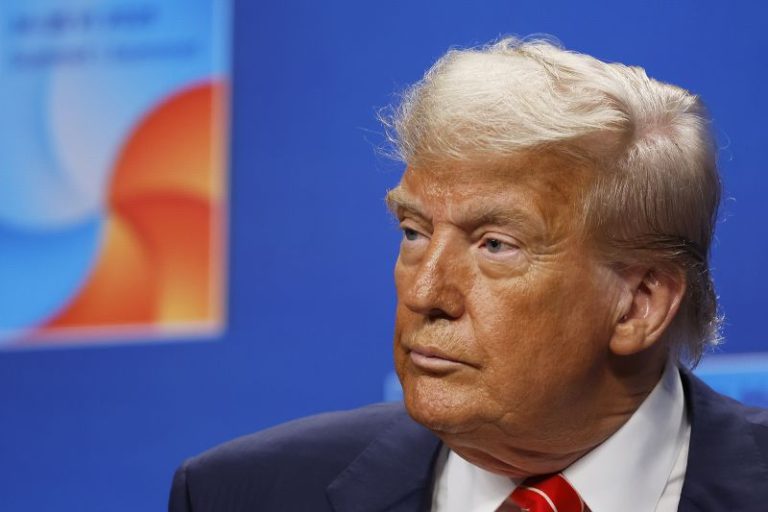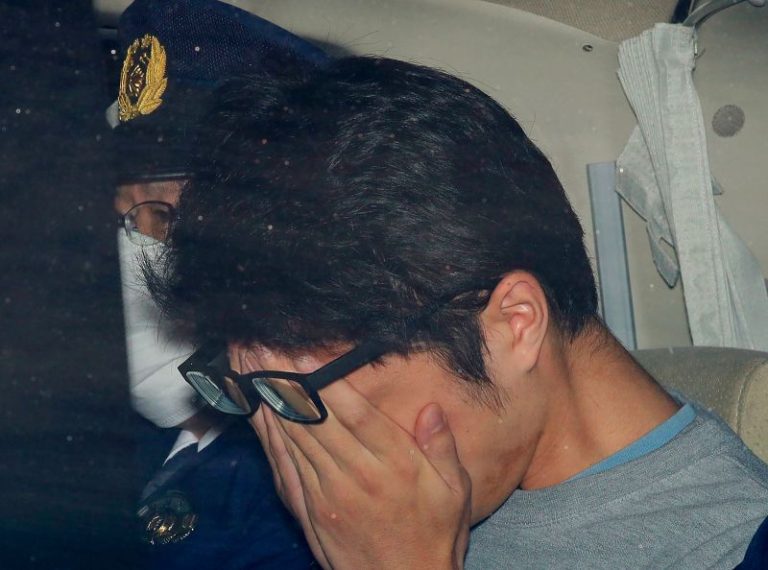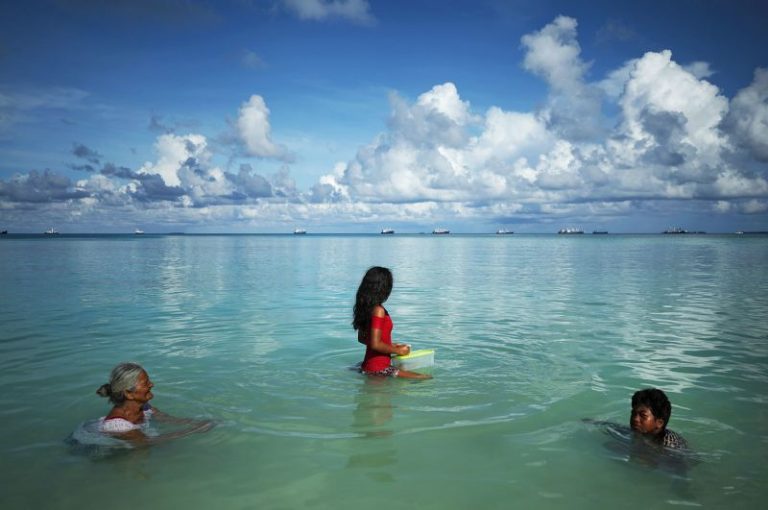Israeli forces shot dead a Palestinian teenager in the West Bank on Wednesday, Palestinian health authorities said, as settler violence against Palestinians surged in the occupied territory.
The military shot 15-year-old Rayan Tamer Hawshiya in the neck, the Ministry of Health in Ramallah said, after troops raided Al Yamoun, near Jenin. Residents in the northern town reported “heavy Israeli gunfire,” according to the minstry.
The Israeli military said that “terrorists hurled explosive devices at IDF forces” in Al Yamoun on Wednesday, adding that no IDF injuries were reported.
Separately, a 66-year-old Palestinian woman died from injuries after Israeli police shot her in the head in occupied East Jerusalem, according to local media reports.
Zahia Joudeh al-Obeidi “succumbed to her wounds” after Israeli police stormed Shuafat refugee camp, Palestinian news agency WAFA reported.
Israeli police said they launched an investigation into the circumstances of the death of an “East Jerusalem resident,” adding that the resident was “pronounced dead” by medical officials upon arrival at Shuafat checkpoint.
The killings came on the heels of a spate of attacks in the West Bank town of Kafr Malik, where Israeli settlers set fire to Palestinian homes and vehicles in what one Israeli opposition politician called a “violent Jewish pogrom.” Several people were killed and wounded, according to Palestinian and Israeli authorities.
The details of the deaths in Kafr Malik are unclear. The Palestinian foreign ministry said the settlers opened fire on Palestinian residents, while Israeli authorities said there was a firefight between Palestinian gunmen and Israeli security forces.
At least three Palestinians were killed and several were wounded, according to Palestinian officials. The Israeli military said “several” people were killed in the central town, but did not specify whether they were Palestinian or Israeli.
Israel has ramped up military operations in the West Bank, displacing thousands of Palestinians and razing entire communities as it targets what it says are militants operating in the territory.
Last year, Israeli Defense Minister Israel Katz said the state “must deal with the threat (in the West Bank) just as we deal with the terrorist infrastructure in Gaza, including the temporary evacuation of Palestinian residents.” He later warned that the tens of thousands of Palestinians who have fled their West Bank homes would not be allowed to return.
Human Rights Watch has accused Israel of inflicting “massive, deliberate displacement of Palestinian civilians” and making “much of the territory unlivable” in violation of international law.
Israeli settlers have also increased attacks on Palestinian communities and their properties, according to the United Nations’ human rights office.
Israeli troops or settlers have killed at least 947 Palestinians, among them 200 children, in the West Bank, including East Jerusalem, between October 7, 2023 and June 12, the UN reported on June 20. Between October 7, 2023 and June 26, at least 39 Israeli civilians have been killed in the West Bank, according to Israeli government officials.
Israel has occupied the West Bank since seizing the territory from Jordan in 1967. In late May, the Israeli government approved the largest expansion of Jewish settlements in the area in decades. The settlements are considered illegal under international law,
‘Stripped of basic dignity’
The IDF said security forces were deployed to the scene after “dozens of Israeli civilians” had set properties on fire. On arrival, the IDF said, the security forces were met with gunfire and rocks hurled by what it described as “terrorists” and they returned fire.
“Hits were identified, and it was later reported that there were several individuals injured and fatalities,” the IDF said, adding that five Israelis were arrested.
Israeli opposition politician Yair Golan condemned the settler attack, saying: “What happened this evening in Kafr Malik was a violent Jewish pogrom – dozens of rioters set fire to homes and vehicles, and assaulted Palestinians and security forces.”
Shortly after the violence in Kafr Malik, there was another settler attack close to the nearby village of Taybeh, according to the Israeli rights organization B’Tselem, which shared footage of masked men torching a parked car. Three people were injured and three cars were set on fire, it said.
A third settler attack took place around Jericho, according to the Palestine Red Crescent Society, which said eight people were injured due to smoke inhalation after a house was set on fire.
A UN official warned there has been “no respite” for Palestinian people in the northern West Bank, where he accused Israel of imposing “systematic forced displacement” on refugee communities in “violation of international law.”
“Out of the spotlight of the regional escalation, camps in the northern West Bank have faced ongoing destruction, with dozens of buildings demolished in the last twelve days,” Roland Friedrich, the director of affairs for UNRWA, the UN agency for Palestine refugees in the West Bank and East Jerusalem, posted on X on Wednesday.
“Even now, Israeli security forces are continuing to demolish homes and buildings in Jenin, Tulkarm, and Nur Shams camps. Stripped of basic dignity, many families have not even been able to save their belongings ahead of anticipated bulldozing.”




